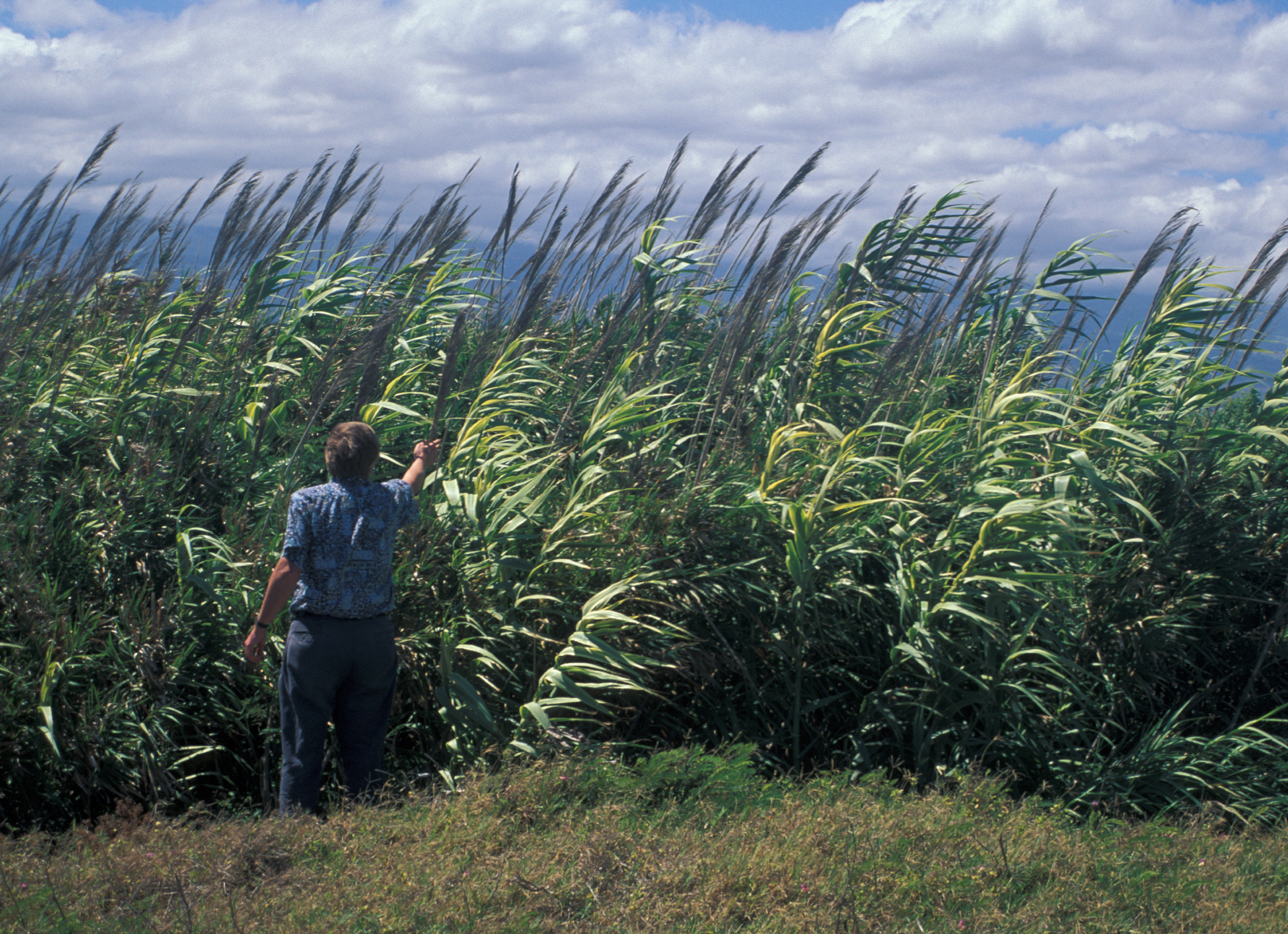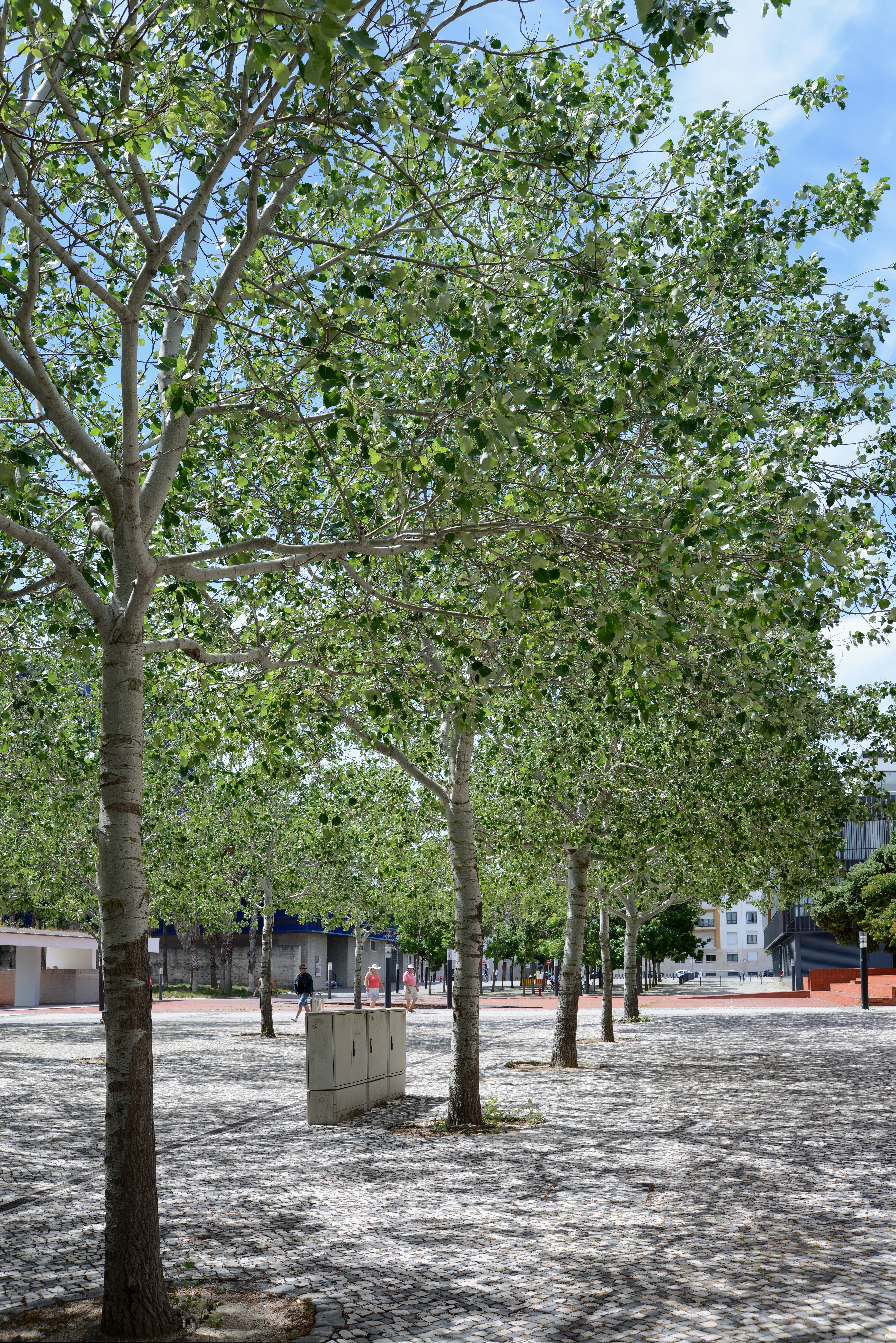|
Banias River
Banias River ( ar, نهر بانياس Nahr Baniyas; he, נחל חרמון Nahal Hermon) is a river in the Golan Heights. It is the easternmost of the three main northern tributaries of the Jordan River; together with the Dan River and the Snir Stream, it forms the Jordan River's upper catchment (UCJR). Israel has included the stream in the Hermon nature reserve. Course and streamflow The main source of the Banias River is the Banias spring, located at the southern base of the Hermon mountain range and contributing a discharge of 67·million m3 annually. From there the stream flows south for nine kilometers before draining into the Dan River. Along the way, it drains the Guvta Stream (right), the Sa'ar Stream (left), the Pera' Stream (left), and the Sion (Ar.: el-'Asl) Stream (right), with a total drainage area of 158 km2. The total annual streamflow of the river comes to 106 million m3. Flora and fauna The banks of the river abound in willow trees, oriental planes, silver-l ... [...More Info...] [...Related Items...] OR: [Wikipedia] [Google] [Baidu] |
Banias
Banias or Banyas ( ar, بانياس الحولة; he, בניאס, label=Modern Hebrew; Judeo-Aramaic, Medieval Hebrew: פמייס, etc.; grc, Πανεάς) is a site in the Golan Heights near a natural spring, once associated with the Greek god Pan. It had been inhabited for 2,000 years, until it was abandoned and destroyed following the Six Day War.How modern disputes have reshaped the ancient city of Banias : "In June 1967, the penultimate day of the Six Day War saw Israeli tanks storm into Banias in breach of a UN ceasefire accepted by Syria hours earlier. The Israeli general Moshe Dayan had decided to act u ... [...More Info...] [...Related Items...] OR: [Wikipedia] [Google] [Baidu] |
Tributary
A tributary, or affluent, is a stream or river that flows into a larger stream or main stem (or parent) river or a lake. A tributary does not flow directly into a sea or ocean. Tributaries and the main stem river drain the surrounding drainage basin of its surface water and groundwater, leading the water out into an ocean. The Irtysh is a chief tributary of the Ob river and is also the longest tributary river in the world with a length of . The Madeira River is the largest tributary river by volume in the world with an average discharge of . A confluence, where two or more bodies of water meet, usually refers to the joining of tributaries. The opposite to a tributary is a distributary, a river or stream that branches off from and flows away from the main stream. PhysicalGeography.net, Michael Pidwirny & S ... [...More Info...] [...Related Items...] OR: [Wikipedia] [Google] [Baidu] |
Carasobarbus Canis
The Jordan himri (''Carasobarbus canis'') is a ray-finned fish species in the family Cyprinidae. It is found in Israel, Jordan, and Syria. Its natural habitats are rivers and freshwater lakes. It is not considered a threatened species Threatened species are any species (including animals, plants and fungi) which are vulnerable to endangerment in the near future. Species that are threatened are sometimes characterised by the population dynamics measure of ''critical depensa ... by the IUCN. References Carasobarbus Fish described in 1842 Taxonomy articles created by Polbot {{Barbinae-stub ... [...More Info...] [...Related Items...] OR: [Wikipedia] [Google] [Baidu] |
Barbus Longiceps
The Jordan barbel (''Luciobarbus longiceps'') is a species of ray-finned fish in the family Cyprinidae. It is found in Israel, Jordan, and Syria. Its natural habitats are rivers and freshwater lakes. It is threatened by habitat loss Habitat destruction (also termed habitat loss and habitat reduction) is the process by which a natural habitat becomes incapable of supporting its native species. The organisms that previously inhabited the site are displaced or dead, thereby .... References * Luciobarbus Fish described in 1842 Taxonomy articles created by Polbot {{Cyprininae-stub ... [...More Info...] [...Related Items...] OR: [Wikipedia] [Google] [Baidu] |
Arundo Donax
''Arundo donax'' is a tall perennial cane. It is one of several so-called reed species. It has several common names including giant cane, elephant grass, carrizo, arundo, Spanish cane, Colorado river reed, wild cane, and giant reed. ''Arundo'' and ''donax'' are respectively the old Latin and Greek names for reed. ''Arundo donax'' grows in damp soils, either fresh or moderately saline, and is native to the Greater Middle East.CABI, 2020. Arundo donax (giant reed). In: Invasive Species Compendium. Wallingford, UK: CAB International. https://www.cabi.org/isc/datasheet/1940Global Invasive Species Database (2020) Species profile: Arundo donax. Downloaded from http://www.iucngisd.org/gisd/species.php?sc=112 on 12-01-2020. It has been widely planted and naturalised in the mild temperate, subtropical and tropical regions of both hemispheres, especially in the Mediterranean, California, the western Pacific and the Caribbean and is considered invasive in North America and Oceania.Perdue, R ... [...More Info...] [...Related Items...] OR: [Wikipedia] [Google] [Baidu] |
Ceratonia Siliqua
The carob ( ; ''Ceratonia siliqua'') is a flowering evergreen tree or shrub in the Caesalpinioideae sub-family of the legume family, Fabaceae. It is widely cultivated for its edible fruit pods, and as an ornamental tree in gardens and landscapes. The carob tree is native to the Mediterranean region and the Middle East. Portugal is the largest producer of carob, followed by Italy and Morocco. In the Mediterranean Basin, extended to the southern Atlantic coast of Portugal (i.e. the Algarve region) and the Atlantic northwestern Moroccan coast, carob pods were often used as animal feed and in times of famine, as "the last source of umanfood in hard times". The ripe, dried, and sometimes toasted pod is often ground into carob powder, which was sometimes used as an ersatz cocoa powder, especially in the 1970s natural food movement. The powder and chips can be used as a chocolate alternative in most recipes. Description The carob tree grows up to tall. The crown is broad and s ... [...More Info...] [...Related Items...] OR: [Wikipedia] [Google] [Baidu] |
Pistacia Palaestina
''Pistacia terebinthus'' also called the terebinth and the turpentine tree, is a deciduous tree species of the genus ''Pistacia'', native to the Mediterranean region from the western regions of Morocco and Portugal to Greece and western and southeastern Turkey. At one time terebinths growing on the eastern shores of the Mediterranean Sea (in Syria, Lebanon and Israel) were regarded as a separate species, ''Pistacia palaestina'', but these are now considered to be a synonym (taxonomy), synonym of ''P. terebinthus''. Description The terebinth is a deciduous flowering plant belonging to the cashew family, Anacardiaceae; a small tree or large shrub, it grows to tall. The Leaf, leaves are compound, long, odd pinnate with five to eleven opposite glossy oval leaflets, the leaflets long and broad. The flowers are reddish-purple, appearing with the new leaves in early spring. The fruit consists of small, globular drupes long, red to black when ripe. All parts of the plant have a s ... [...More Info...] [...Related Items...] OR: [Wikipedia] [Google] [Baidu] |
Pistacia Atlantica
''Pistacia atlantica'' is a species of pistachio tree known by the English common name Mt. Atlas mastic tree, Atlas pistachio, Atlantic pistacio, Atlantic terebinth, Cyprus turpentine tree, and Persian turpentine tree. ''P. atlantica'' has three subspecies or varieties which have been described as ''atlantica'', ''cabulica,'' and ''mutica''. According to molecular phylogenetic studies, ''P. atlantica'' subsp. ''kurdica'' is actually a separate species, ''Pistacia eurycarpa''. Names In Iran it is called ''baneh'' or ''wild pistachio tree''.Pourreza, M., et al. (2008)Sustainability of wild pistachio (''Pistacia atlantica'' Desf.) in Zagros forests, Iran.''Forest Ecology and Management'' 255 3667-71. In Tamazight, it is known as Tijjeɣt. In the Canary Islands it is known as Almacigo, and in Arabic it is called (''buṭm'' or ''buṭum''). In southern Iran, in Bandar-Abbas in Hormozgān Province, it is called ''kasoudang'' and in Bushehr it is called ''kolkhong''. In Turkey it ... [...More Info...] [...Related Items...] OR: [Wikipedia] [Google] [Baidu] |
Quercus Calliprinos
''Quercus calliprinos'' is an oak classified as part of the ''Ilex'' section of the genus growing in the Mediterranean climate zone, mainly on limestone, in mid-elevations, often dominating the flora, alongside terebinths (''Pistacia terebinthus'').Zohary, M. "The maquis of Quercus calliprinos in Israel, Palestine, and Jordan." Bulletin of the Research Council of Israel 9.2 (1960): 51-72.. It is native to eastern Mediterranean region and southwest Asia, and grows in the Levant, North Africa to Anatolia and further eastwards. In Israel it is called the common oak (, ) or the Palestine oak. ''Quercus calliprinos'' was described by Webb in 1838. The name ''calliprinos'' derives from Ancient Greek, and means ‘beautiful oak’: κάλλος (''kallos'') = beauty + πρῖνος (''prinos'') a name for Holm Oak (''Q. ilex''). The common name Sindian Oak derives from the local Palestinian name (Stapf 1920). Description ''Quercus calliprinos'' is a small to medium-sized tree or la ... [...More Info...] [...Related Items...] OR: [Wikipedia] [Google] [Baidu] |
Quercus Macrolepis
''Quercus macrolepis'', the Valonia oak, is a species of oak in the beech family, Fagaceae. Formerly, it was commonly treated as a subspecies of the closely related and sympatric mount Tabor oak. At present, however, it is mostly granted species-status. Geographical range It is found in the Balkans, and in the southern and eastern Mediterranean, including Albania, the Greek Islands, Turkey, Israel, and Morocco. Systematics Within the oak genus, Quercus macrolepis is classified in the subgenus ''Cerris'', section ''Cerris'', which includes the turkey oak and related species. It is most closely related to Mount Tabor oak (Quercus ithaburensis) and Brant's oak (Quercus brantii). Uses The cups, known as valonia, are used for tanning and dyeing as are the unripe acorns called camata or camatina. The ripe acorns are eaten raw or boiled. [...More Info...] [...Related Items...] OR: [Wikipedia] [Google] [Baidu] |
Populus Alba
''Populus alba'', commonly called silver poplar,Webb, C. J.; Sykes, W. R.; Garnock-Jones, P. J. 1988: Flora of New Zealand. Vol. IV. Naturalised Pteridophytes, Gymnosperms, Dicotyledons. 4. Christchurch, New Zealand, Botany Division, D.S.I.R. silverleaf poplar, or white poplar, is a species of poplar, most closely related to the aspens (''Populus'' sect. ''Populus''). It is native to Morocco and then Portugal through central Europe (north to Germany and Poland) to central Asia. It grows in moist sites, often by watersides, in regions with hot summers and cold to mild winters.Flora Europaea''Populus alba''/ref>Rushforth, K. (1999). ''Trees of Britain and Europe''. Collins . Description It is a medium-sized deciduous tree, growing to heights of up to (rarely more), with a trunk up to in diameter and a broad, rounded crown. The bark is smooth and greenish-white to greyish-white with characteristic diamond-shaped dark marks on young trees, becoming blackish and fissured at the ... [...More Info...] [...Related Items...] OR: [Wikipedia] [Google] [Baidu] |
Platanus Orientalis
''Platanus orientalis'', the Old World sycamore or Oriental plane, is a large, deciduous tree of the Platanaceae family, growing to or more, and known for its longevity and spreading crown. In autumn its deep green leaves may change to blood red, amber, and yellow. Etymology The species' name means 'eastern'. (In comparison, the 'western' plane (or American sycamore) is named ''Platanus occidentalis''). The eastern plane's original distribution was eastward from the Balkans. The tree was called ''platane'' in ancient Greek history and literature and by related names in continental Europe. Equally well known in Asia from Anatolia to India and usually called ''chinar'' or ''chenar''. Range The native range is Eurasia from the Balkans to at least as far east as Iran. Some accounts extend its native range to Iberia in the west, and to the Himalayas in the east. As it has been known in cultivation from early times in much of this region it can be difficult to determine if it is truly ... [...More Info...] [...Related Items...] OR: [Wikipedia] [Google] [Baidu] |






